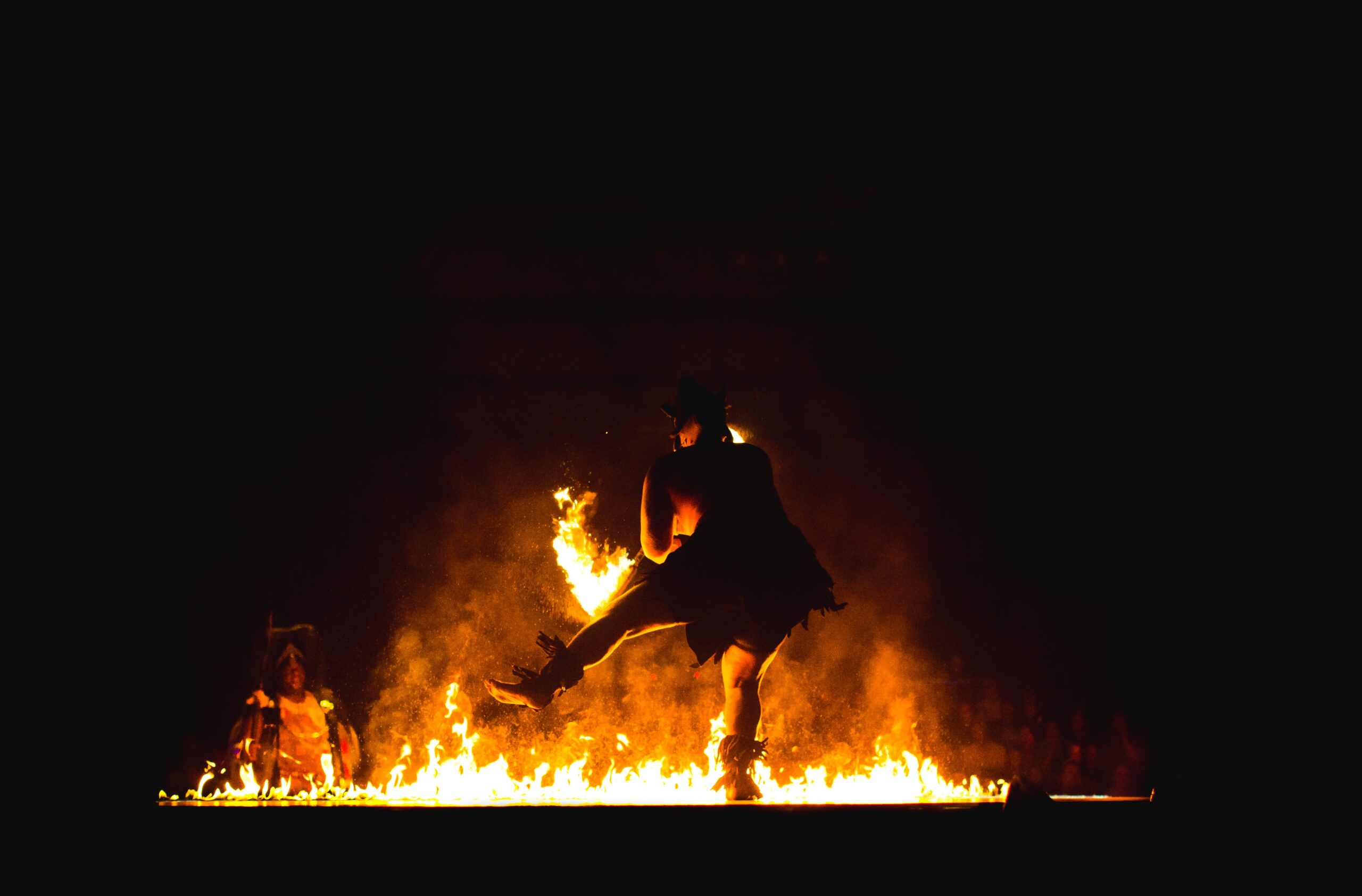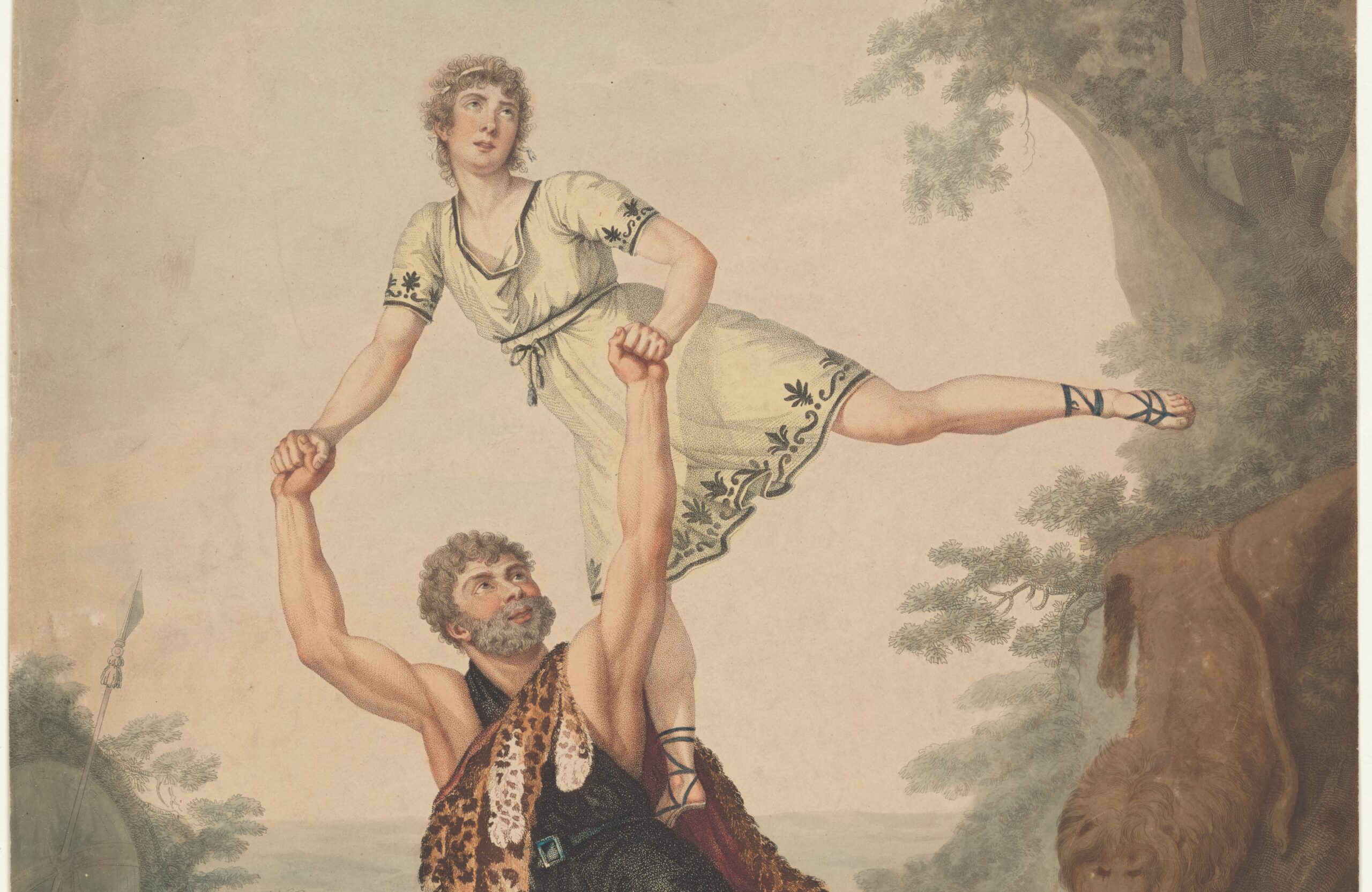Category: Clubs
Tools, tips and tricks for players. Part of a collection of articles written as companion pieces to the larp conference Knutpunkt 2018.
-

Group Improvisation of Larp Rituals
in
This article describes a 30-minute workshop which teaches on-the-spot collective improvisation of fake rituals for larp purposes.
-

Play to Lift, not Just to Lose
in
If we can trust that other players will Lift us to wins, we can focus on Playing to Lose. This article argues that the two techniques – Play to Lift, Play to Lose – are often most effective when used in tandem.
-

Playing Nasty Characters
in
Nasty characters can be important and necessary in larp; and then somebody has to play them. This article looks at the practical issues of taking on such roles; at the social and psychological implications of this kind of play; and at the important things to consider when coming out of play.